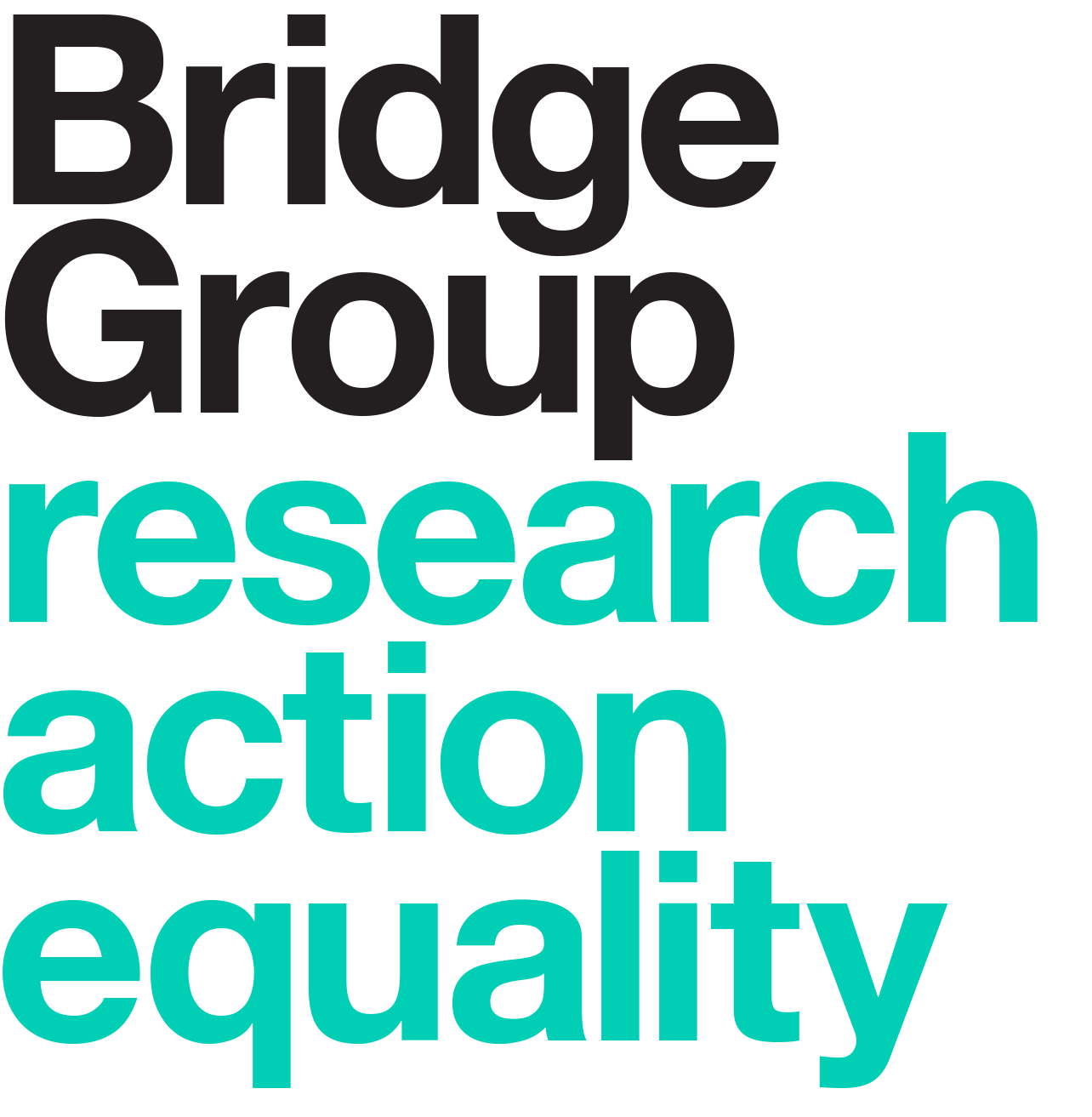Social mobility: arrive and thrive?
Social mobility: arrive and thrive?
To mark Social Mobility Day on 15 June, Dr Penelope Griffin identifies three things that universities and employers can do to support a sense of belonging.
The theme of this year’s Social Mobility Day is #SpeakMore. At the Bridge Group we want to add our voice to the conversation by proposing three low-cost actions to help people from less advantaged backgrounds feel they belong in an organisation. These suggested actions arise from our work with young people – from sixth-form students through to recent graduates – who have participated in outreach schemes supporting access to university or employment, and/or in work experience or placements. For such schemes to contribute to social mobility, they need to help participants ‘get on’ in the longer term, as well as ‘get in’.
1. Use outreach to empower participants
Universities’ and employers’ outreach for people from less advantaged backgrounds usually aims to attract them by focusing on the positives. But our interviews with alumni of outreach and work experience programmes indicate that there is also a need for realism about diversity problems that could arise – and tools for when they do. (There’s also a need for realism generally and it’s great to see staff talking about the long hours and other challenges at Clifford Chance.)
Painting an unrealistically rosy picture can make any issues subsequently experienced by outreach and work experience alumni seem worse. Alumni may assume that they are at fault, rather than realising that they are encountering behaviours that the organisation doesn’t tolerate.
While there is some excellent material online (see for example Andy Boucher’s story), young people may or may not stumble upon it. So use outreach to empower, as well as attract.
Tell outreach participants briefly about issues that may have arisen in the past that you are working to fix. Describe the positive steps that you are taking to be diverse and inclusive. Identify sources of advice and support. Involve people from the organisation from diverse backgrounds in sessions; ask them to talk about how they have dealt with difficulties in a positive way.
If you are a third party mediating work experience or work placements, you may need to prepare participants similarly – particularly when these opportunities are with smaller employers. People have spoken to us about, for example, how tough they found it not to see any other people from ethnic minority backgrounds on their placement. Ensure that participants can contact you for advice if they encounter difficulties during their placement.
2. Facilitate peer support
Peer support can be effective, at relatively modest cost. Set up a group on social media for participants to connect with their peers while they are on work experience. Do the same for online outreach.*
For longer-term or more intensive programmes, facilitate ongoing peer networking with other participants – even after completion, to bridge the transition to the next step in their education or career. Where possible, include alumni from previous years, for their more experienced perspectives.
For those who didn’t participate in outreach, contact with peers, or having a role model or mentor from a similar background is likely to help. Make new students and new recruits aware of networks which relate to their background characteristics.
3. Report and celebrate the numbers
Even if someone is the only person on a course or in a work team with a particular background, seeing the bigger picture can help to show them that they are not alone in an organisation.
I used to lead the widening participation agenda at a university. A decade or so ago, the campus health centre drew my attention to an issue being mentioned by some students accessing support for their mental health. These students received means-tested bursaries and felt isolated, because they assumed that their classmates were all from wealthy backgrounds. In fact, about one-third of British undergraduates at the university were in receipt of a means-tested bursary – an achievement which was subsequently publicised and celebrated to emphasise to this group of students that they were not alone.
There is a certain English reserve that makes some of us hesitant to talk about people’s background or personal characteristics. But in the Bridge Group’s experience, young people are now much more comfortable about this than senior management are. It's inspiring to see many organisations now pro-actively celebrating the diversity of their students/workforce and we encourage others to do so. It’s also good to read about the benefits that diversity brings to an organisation and to individuals within it.
The broader agenda
Actions to support social mobility work best when we consider not just the next step, but also the one after that, and what can go wrong as well as what can go right. How can we best support someone’s longer-term trajectory? Equipping them to assess situations critically, or to feel comfortable asking for help, is a good start.
Of course, we also need to look beyond supporting individuals to focus on making organisations themselves more inclusive. For practical recommendations on organisational change, see our toolkits and our reports on socio-economic diversity in the arts, financial services, law and real estate at www.thebridgegroup.org.uk/research.
*Programmes involving under-18s will need to implement appropriate safeguarding measures.
